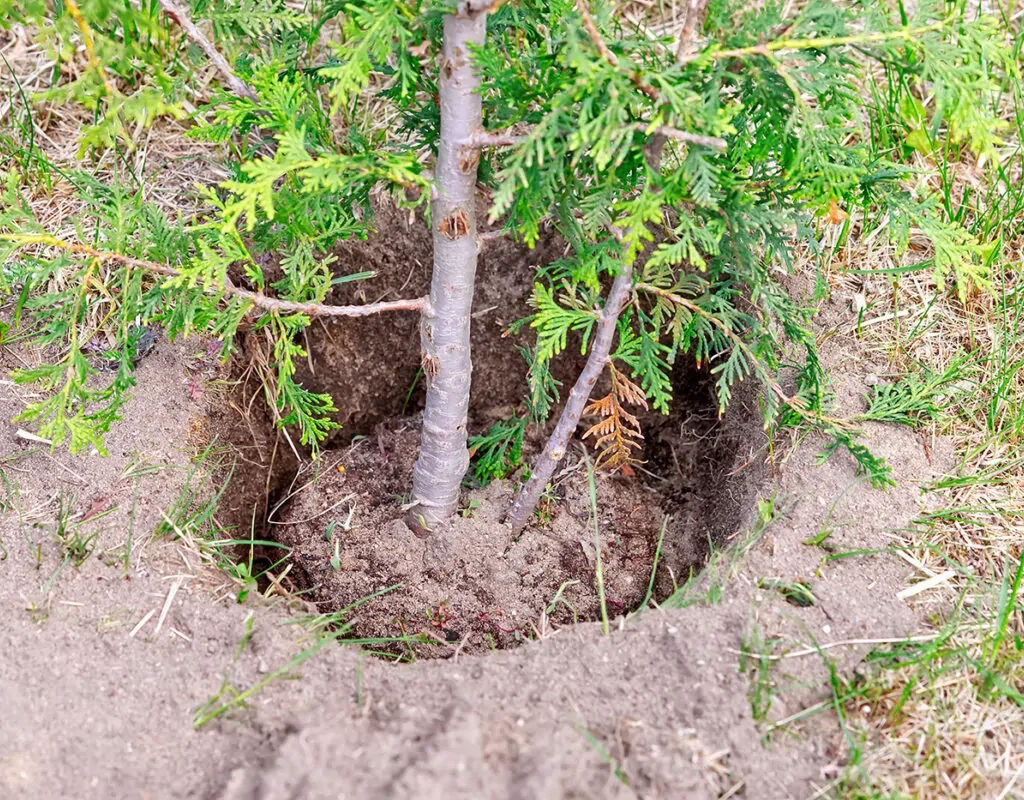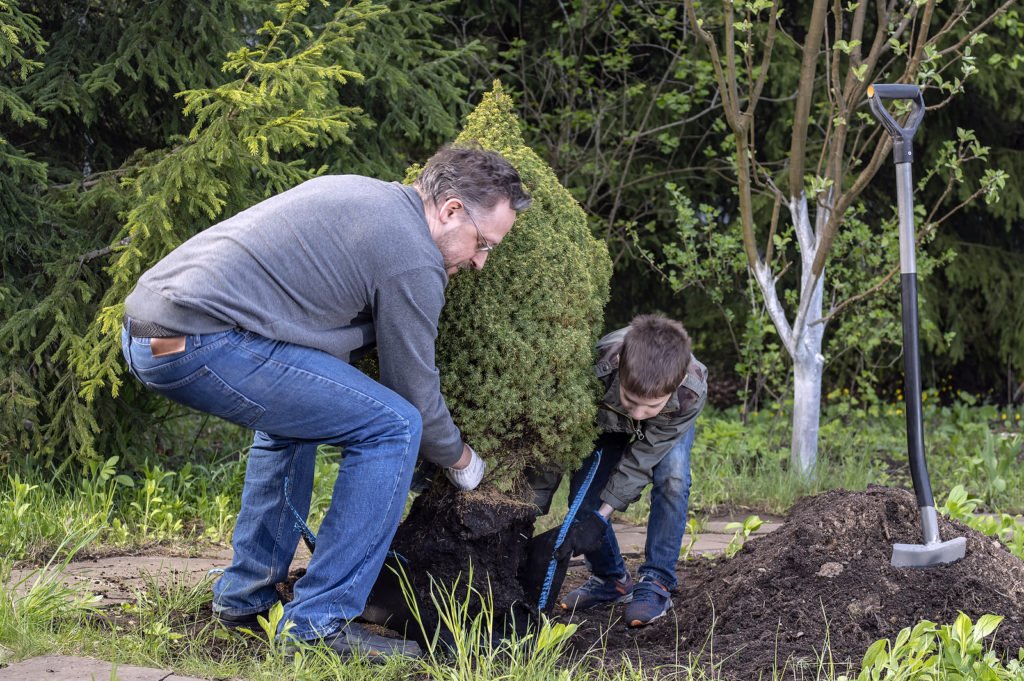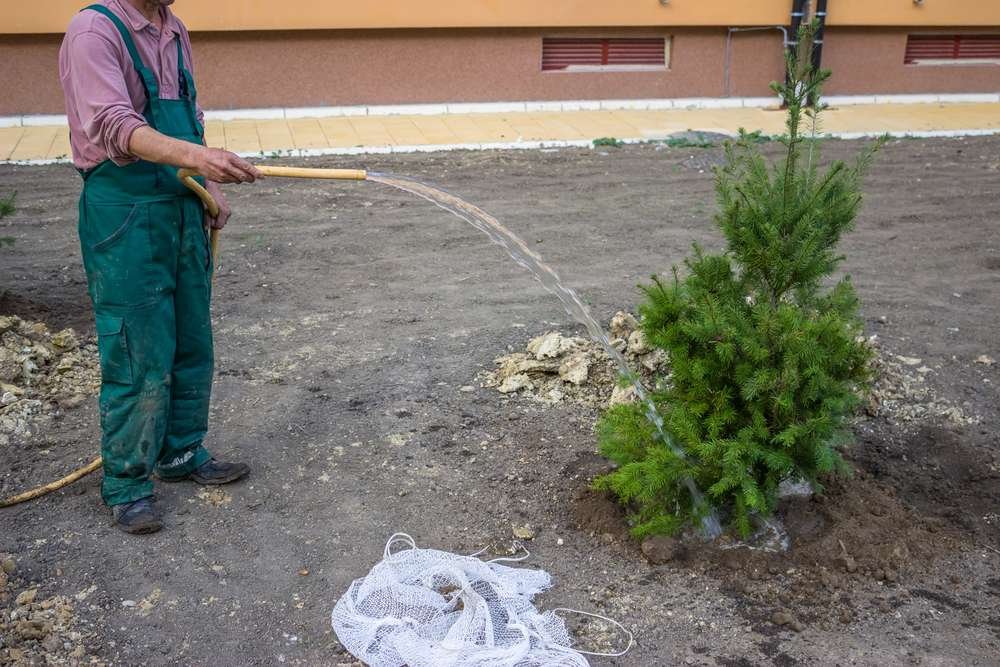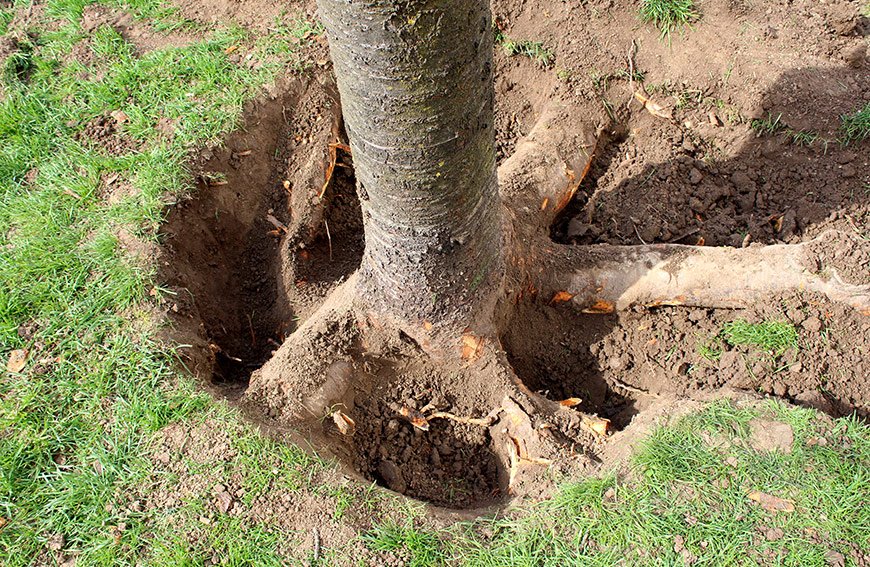Transplanting small trees can be a rewarding endeavor, whether you are redesigning your landscape, relocating a sapling for better growth conditions, or rescuing a tree from a construction site. However, transplanting is a delicate process that, if done incorrectly, can stress or even kill a tree. Understanding the biology of trees, selecting the right timing, preparing the site, and providing proper post-transplant care are crucial steps for success. This article provides a comprehensive guide on how to transplant small trees safely and ensure they thrive in their new location.
Why Transplanting Small Trees Requires Care

Small trees, typically defined as young trees under 8–10 feet tall, have delicate root systems that are particularly vulnerable to disturbance. The root system is the lifeline of a tree, responsible for absorbing water, nutrients, and oxygen. Transplant shock occurs when roots are damaged or insufficient to support the canopy, leading to wilting, leaf drop, or death. Key factors that affect transplant success include:
- Root disturbance during digging
- Soil and environmental differences at the new site
- Inadequate watering and nutrient management
- Seasonal timing and weather conditions
By addressing these factors, gardeners can significantly increase the survival rate of transplanted small trees.
The Best Time to Transplant

Timing is critical for minimizing stress on small trees:
- Dormant Season (Late Fall to Early Spring):
- Deciduous trees are dormant, with minimal foliage and reduced metabolic activity.
- Transplanting during dormancy limits water loss and reduces stress.
- Early Spring:
- Ideal before leaf buds swell, allowing the tree to focus energy on root establishment.
- Avoid Summer Transplants:
- Hot temperatures increase transpiration, making it difficult for the tree to replace lost water.
- Trees are more prone to stress and wilting during peak heat.
Evergreen trees may have slightly different timing considerations; mild late winter or early spring is usually preferred to avoid frost damage.
Selecting and Preparing the New Site

A successful transplant starts with site selection:
- Sunlight Requirements: Match the tree’s light needs to the new location (full sun, partial shade, or shade).
- Soil Type: Ensure soil is well-drained and similar in texture to the tree’s original location. Avoid heavy clay or waterlogged areas.
- Space Considerations: Account for mature tree size, including canopy spread and root zone. Avoid proximity to structures or utility lines.
- Soil Preparation:
- Dig a hole 2–3 times the width of the root ball to allow room for root expansion.
- Amend soil with organic matter, such as compost, to improve nutrient availability and drainage.
Proper preparation reduces stress and helps the tree establish quickly.
Digging Up the Small Tree

Careful excavation is essential to preserve roots:
- Measure Root Spread:
- For small trees, the root ball should be roughly 10–12 inches in diameter per inch of trunk diameter.
- Prune Roots Carefully:
- Trim damaged or circling roots while leaving healthy ones intact.
- Avoid cutting too many roots, as the tree relies on them for water uptake.
- Dig Around the Root Ball:
- Start 6–12 inches from the trunk and dig down to maintain soil around the roots.
- Gently lift the tree, keeping the soil intact around the root ball to prevent desiccation.
- Wrap the Root Ball:
- Use burlap or a similar breathable material to protect roots during transport.
- Avoid plastic wrapping, which can suffocate roots and retain excess moisture.
Preserving as much of the original root structure as possible minimizes transplant shock.
Transporting the Tree

Moving a small tree requires care to avoid physical damage:
- Support the Trunk: Handle the tree by the root ball rather than the trunk to prevent snapping branches.
- Avoid Exposure: Keep roots covered and moist during transport.
- Limit Transport Time: Minimize the duration between digging and planting to reduce stress.
For longer distances, keep the tree shaded and periodically mist roots to prevent drying.
Planting the Small Tree
Correct planting technique is crucial:
- Hole Depth and Width:
- Place the root ball so that the top sits slightly above or flush with the surrounding soil.
- The hole should be wide enough to accommodate roots without crowding or bending.
- Backfill Carefully:
- Fill the hole with native soil, gently firming to eliminate air pockets.
- Avoid compacting soil excessively, which can hinder root growth.
- Mulching:
- Apply a 2–3 inch layer of organic mulch around the base, keeping it 2–3 inches from the trunk.
- Mulch conserves moisture, regulates soil temperature, and reduces weed competition.
- Watering:
- Water deeply immediately after planting to settle soil and hydrate roots.
- Maintain consistent moisture for the first growing season, but avoid waterlogging.
Proper planting ensures roots make contact with the surrounding soil, promoting healthy establishment.
Post-Transplant Care
Caring for the tree after transplanting is critical for survival:
- Watering Schedule:
- Water regularly, especially during dry spells. Young trees may need 1–2 inches of water per week.
- Gradually reduce frequency as roots establish over 12–18 months.
- Staking:
- Stake small trees in windy areas to prevent toppling, but avoid restricting natural trunk movement, which strengthens the tree.
- Remove stakes after one growing season.
- Pruning:
- Remove broken, damaged, or crossing branches after transplanting.
- Avoid heavy pruning, which can stress the tree further.
- Fertilization:
- Avoid heavy fertilization immediately after transplanting.
- Apply slow-release fertilizer after the tree shows signs of new growth.
- Monitoring:
- Watch for signs of stress such as wilting, leaf discoloration, or premature leaf drop.
- Adjust care based on environmental conditions and tree response.
Common Mistakes to Avoid
- Planting Too Deep or Too Shallow: Correct root placement is critical; improper planting can lead to root rot or poor establishment.
- Neglecting Watering: Newly transplanted trees need consistent moisture, especially during the first growing season.
- Over-Pruning: Heavy pruning removes foliage needed for photosynthesis, hindering recovery.
- Ignoring Site Conditions: Soil, light, and drainage must match the tree’s needs to prevent stress and disease.
- Delaying Transplanting: Waiting too long can result in larger, less adaptable root systems, increasing stress.
Avoiding these mistakes ensures higher survival rates and faster establishment.
Benefits of Transplanting Small Trees Successfully
- Immediate Landscape Design: Relocating trees allows you to achieve a balanced and visually appealing layout quickly.
- Tree Rescue: Small trees can be saved from construction sites, poor locations, or unfavorable conditions.
- Enhanced Growth: Moving a tree to a location with better soil, sunlight, and space improves long-term health and vigor.
- Cost-Effective Landscaping: Transplanting young trees is often more economical than purchasing mature specimens.
Successfully transplanting trees can transform a landscape while promoting healthy, long-term growth.
Conclusion
Transplanting small trees requires careful planning, precise execution, and attentive post-transplant care. Choosing the right timing, preparing the new site, protecting the root system, and providing consistent watering and monitoring are essential steps to prevent transplant shock and ensure tree survival. Avoiding common mistakes such as over-pruning, planting too deeply, or neglecting water needs significantly increases the likelihood of success.
With proper techniques, small trees can be relocated safely, allowing gardeners to design beautiful, functional landscapes while giving trees the opportunity to thrive in their new homes. By following these guidelines, anyone can confidently transplant small trees without jeopardizing their health, creating vibrant green spaces that will flourish for years to come.

Leave A Comment